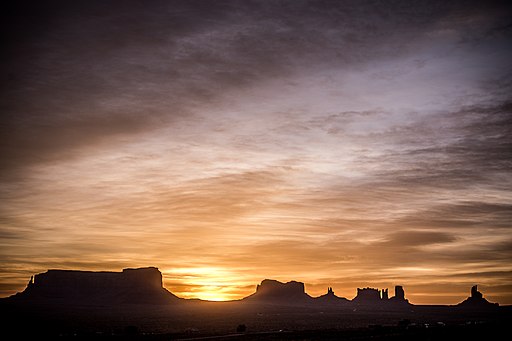Equinox: Almost Equal Day and Night
Posted
Last Updated
By Aparna Kher
Equinox in Latin means equal night, giving the impression that the night and day on the equinox are exactly 12 hours long. And even though this is common wisdom, it isn’t entirely accurate.
The day and night are only nearly equal on the September equinox and the March equinox. In fact, most locations on Earth tend to enjoy more daylight hours than nighttime hours on these two days of the year, thanks to the Earth’s atmosphere and our definition of sunrise and sunset.

More Than 12 Hours of Sun
The next equinox is at 21:24 UTC on 20 March 2023. On this day, New York City residents will enjoy a 12 hour and 8 minutes long day. Those in Amsterdam will get 1 more minutes of daylight with a 12 hours and 9 minutes long day. Even in Longyearbyen, one of the world’s northernmost cities, the day will last for 12 hours and 25 minutes.
Moving southwards, Melbourne in Australia will see a 12 hours and 10 minutes long day. Johannesburg inhabitants will also enjoy a similar number of daylight hours.
On the South Pole, the Sun will be up 24 hours. Perfect opportunity to see the Midnight Sun!
On the equator, the day is always a little longer than 12 hours all year round.
Sun’s Upper Edge Defines Sunrise
One of the reasons why most locations on Earth do not enjoy exactly 12 hours of daytime and 12 hours of nighttime on the equinoxes is how sunrise and sunset are defined.
If sunrise and sunset were defined as the moment the geometric center of the Sun passes the horizon, then the day and night would be exactly 12 hours long.
Read more at timeanddate.com

